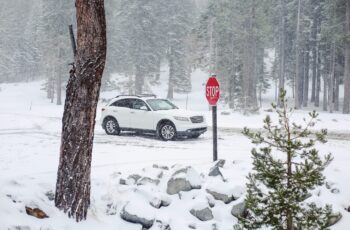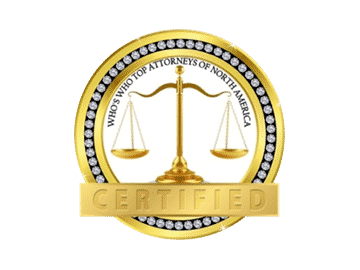How to Drive on Black Ice and other Tips for Avoiding Winter Accidents
The winter of 2014 has been particularly brutal in the Northeast and throughout much of the United States. Record-cold temperatures and numerous blizzards highlight the need for drivers to be prepared to cope with dangerous winter driving conditions.
Among the greatest threats is black ice, a difficult-to-spot road hazard that can contribute to slide-outs and collisions. Other winter driving dangers include whiteout conditions and sleet.
Steps to Drive Safely on Black Ice
Black ice – clear ice that blends into the pavement – can be nearly impossible to detect and avoid. However, AccuWeather advises drivers to be especially alert to its presence when a car’s thermometer reads close to or below freezing. Be especially alert to the formation of black ice at dawn or in the late evening.
You may be able to spot black ice by looking for patches of pavement that appear wet or otherwise glossy when the remainder of the road appears dry.
Black ice typically forms in places that do not receive much sunlight or that are exposed to high winds:
- bridges;
- intersections;
- highway overpasses;
- highway underpasses; and
- tree-shaded roads or shoulders.
You may approach an icy road in a similar manner to a snow-covered road. However, note that snow allows for partial traction, whereas ice allows for zero traction.
If you hit a patch of black ice, experts advise taking the following steps to minimize risk of an accident:
- remain calm;
- maintain a steady grip on the steering wheel;
- do not hit the brakes suddenly;
- remove your foot from the gas pedal; and
- resist the instinct to overcorrect in the event you feel the car losing control.
Follow these steps until your vehicle safely passes over the black ice and you have returned to clear pavement.
Three Other Tips for Avoiding Winter Collisions
Black ice is just one special consideration when driving during inclement weather. Below are three other tips for safe winter driving:
- Reduce your speed – Go less than the speed limit in cases where the roads are slippery or visibility is reduced because of heavy or blowing snow.
- Do not overestimate your vehicle’s capabilities – While a four-wheel drive vehicle or SUV may be more effective at handling certain road conditions, these vehicles are not immune to the effects of winter weather. Stopping distances increase during slippery conditions.
- Clear off your vehicle – Take the time to clear your vehicle of snow and ice before hitting the road. This includes brushing snow completely off of all windows, mirrors and lights. Removing snow from the roof, hood and trunk reduces the amount of snow blowing into your and other drivers’ sightline from your own vehicle.
Careful winter driving is an important step in the prevention of weather-related car accidents. Prepare for treacherous winter driving by downloading our free car accident app, available for the iPhone or Android. This tool provides you with easy-to-access information and resources in the event you are involved a wintertime collision.











